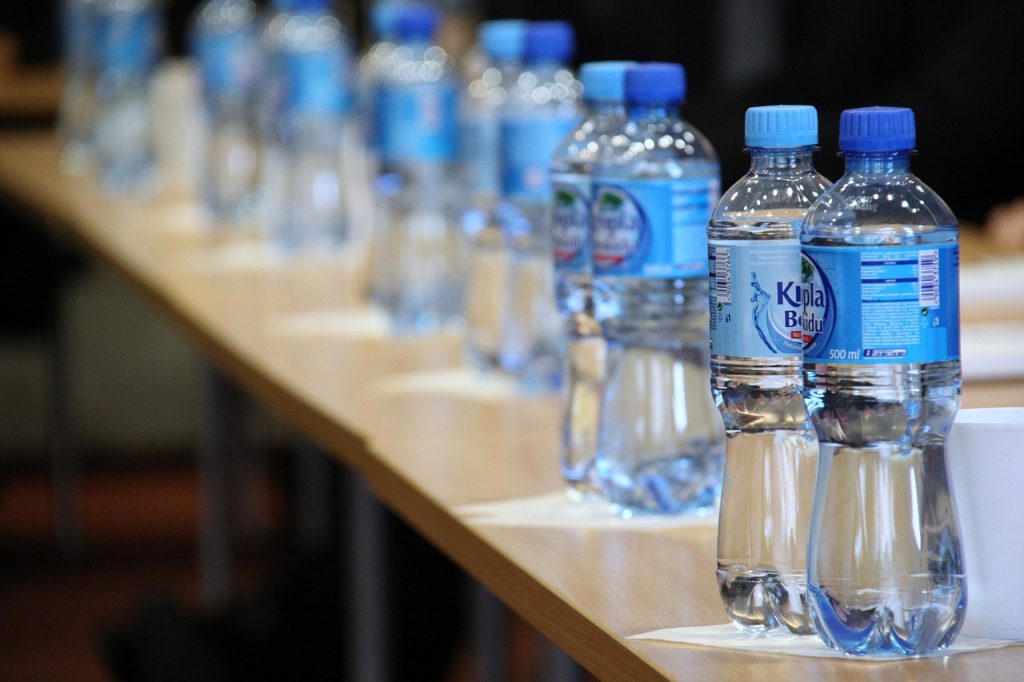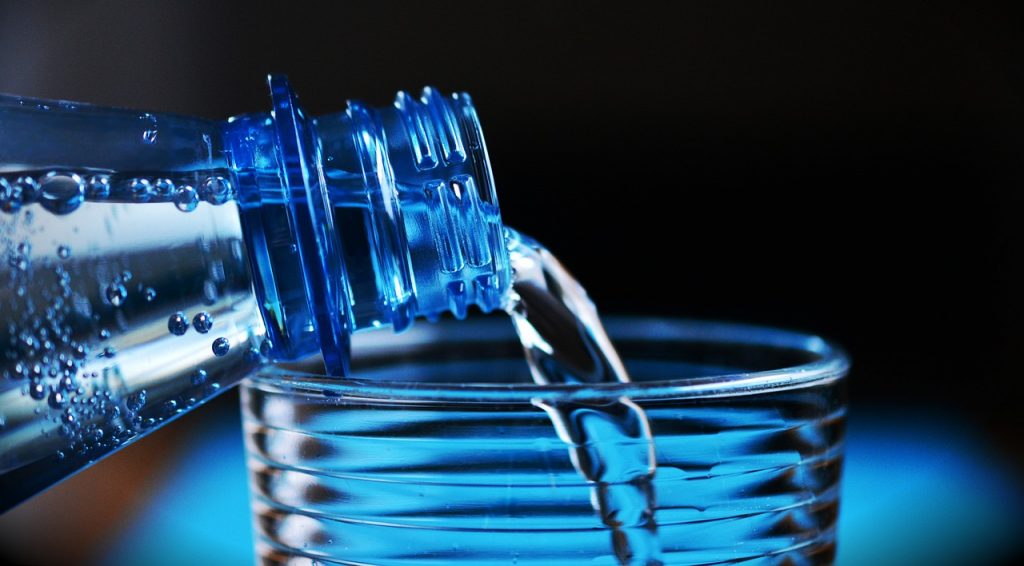Low water quality is a global issue because water is a vital resource for all life on Earth. Freshwater makes up a very small percentage of the total water on Earth, yet it is essential for human survival. Unfortunately, due to human activities, freshwater is being polluted at an alarming rate. Every day, sewage, chemicals, and other pollutants are dumped into our rivers, lakes, and oceans. As a result, the water quality in many areas is deteriorating, and this is having a serious impact on both the environment and human health. And if you’re not healthy, you won’t be enjoying yourself on 22Bet as much as you were hoping to.
In terms of the environment, water pollution can lead to the depletion of fish and other aquatic species, as well as the destruction of coral reefs. This, in turn, can have a ripple effect on the entire ecosystem. For example, when fish populations decline, this can lead to a decline in the population of predators that rely on fish for food.

Human health is also at risk when water quality is poor. Waterborne diseases, such as cholera and dysentery, are a major concern in areas where water quality is poor. In addition, contaminated water can also cause skin irritation and respiratory problems.
Clearly, water pollution is a serious global issue that needs to be addressed. We need to find ways to reduce the number of pollutants that are being released into the environment. We also need to invest in better water treatment facilities so that we can protect our precious freshwater resources.
There is a lot of discussion about the quality of water around the world. Some people believe that the water is getting worse, while others believe it is staying the same or improving.
There are many factors that can affect the quality of water, including pollution, climate change, and natural disasters. Pollution can come from sewage, factories, and agricultural runoff. Climate change can cause droughts and floods, which can contaminate water sources. Natural disasters can also contaminate water or make it unavailable.

While it is difficult to say definitively whether the quality of water around the world is getting better or worse, it is clear that there are concerns about its quality. Some areas are more affected by pollution and climate change than others, and the situation is constantly changing. It is important to be aware of the potential problems and to take steps to protect yourself and your family.
There are many countries around the world where tap water is drinkable. This includes parts of the United States, Canada, Europe, Australia, and New Zealand. In general, Northern and Western Europe have the highest quality tap water, while Southern and Eastern Europe have lower quality water. Travelers to developing countries should always be cautious about drinking tap water, as it may not be safe.
There are a few things people can do to have drinking water in their area:
- Install a water filtration system: This will ensure that the water is clean and free of contaminants.
- Collect rainwater: This is a great way to naturally collect water that can then be used for drinking, cooking, or other purposes.
- Dig a well: If there is groundwater available, people can dig a well in order to access it.
- Use water purification tablets: These tablets can be used to purify water, making it safe to drink.